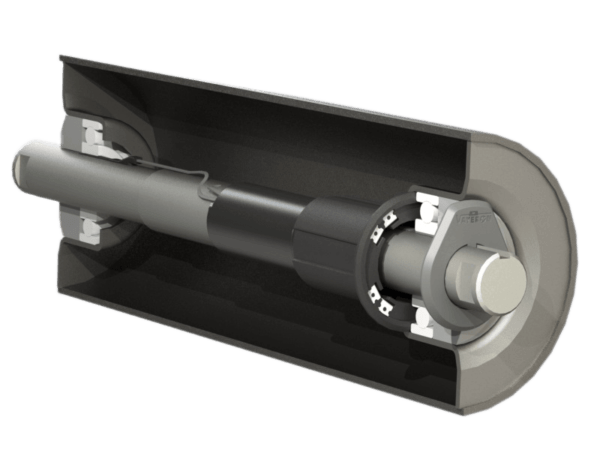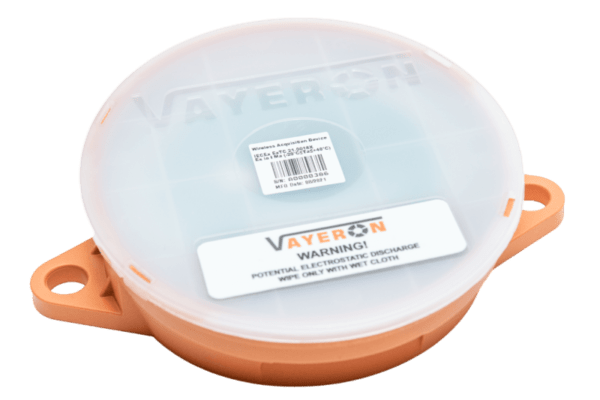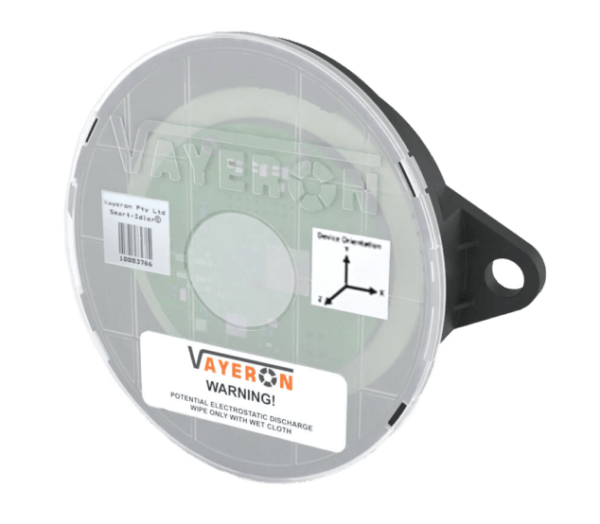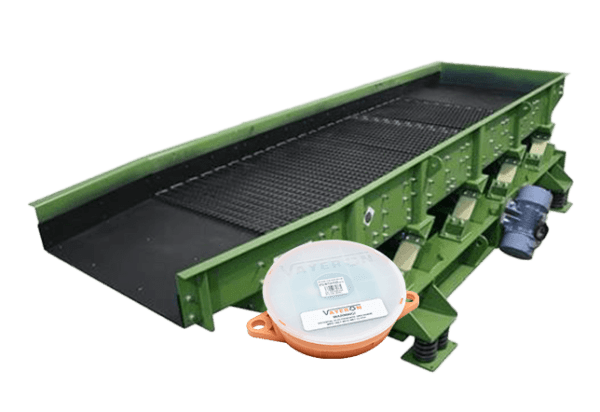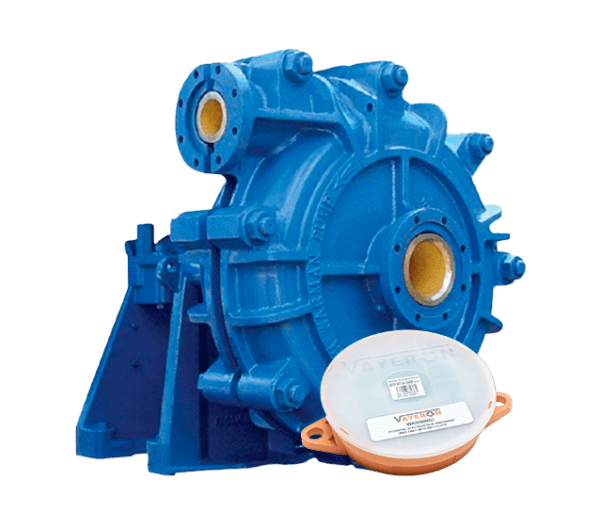Common Conveyor Issues
2. Belt Wear and Tear: Conveyor belts are subjected to continuous wear and tear from the abrasive nature of the transported materials . Over time, this can lead to belt degradation and failure if not properly maintained. Top cover wear is primarily caused by the abrasive action of the materials being conveyed, especially at the loading point and at the discharge point. Bottom cover wear is mainly caused by friction contact with pulleys and idlers. Tears and rips in the conveyor belt can be catastrophic, leading to significant downtime and costly repairs.
3. Material Build-up and Spillage: Spillage happens when materials fall off the conveyor, which can cause blockages, accidents, and environmental issues. Material that sticks to the conveyor belt (carryback) can cause misalignment or fall off and cause blockages, affecting performance and causing wear on both the belt and equipment.
5. Belt Slippage: Conveyor belt slippage occurs when the belt and pulley do not have a strong grip. It usually happens around the head pulley when it is unable to turn the belt around itself properly. Slippage occurs due to insufficient tension, moisture, excessive loads or worn parts. This can cause a reduced throughput and potential safety hazards.
6. Maintenance Downtime: Traditional maintenance methods often require shutting down the entire conveyor system, leading to significant downtime and productivity losses.

Solutions to Conveyor Issues
Implementing a rigorous inspection schedule and predictive maintenance practices can help identify and address issues before they escalate. Regularly inspect the belt for signs of wear and tear, and replace damaged sections promptly, or use rip-detection systems to detect small tears before they become major issues. Leverage data analytics and machine learning to predict when wear is likely to occur, allowing for maintenance to be scheduled proactively.
- Installing skirting systems and adjusting loading areas can help contain material within the belt.
- Using advanced materials like lightweight composite rollers, belt cleaners or anti-slip pulleys can improve the reliability and lifespan of conveyor components.
- Installing energy-efficient motors and using regenerative drives can reduce energy usage and costs.
- Installing belt cleaners that are specifically designed for cleaning the type of material your conveyor handles will help prevent build-up problems.

- Using sensors and monitoring systems to track the condition of the conveyor belt and its components in real-time. These systems can detect early signs of issues and alert maintenance teams to take action. Using monitoring technologies such as the Smart-Idler® system can improve the reliability of conveyors and prevent costly unscheduled downtimes. The Smart-Idler® system monitors conveyor roller conditions in real-time using embedded electronic sensor modules that track temperature, RPM, and vibration, providing early warning of potential issues.
Duna Express Project by Atlas Energy Solutions
Innovative Technologies in Duna Express
2. Automated Monitoring and Control: The project incorporates automated monitoring and control systems that allow for remote management of the conveyor operations. This includes the use of advanced software for data analysis and predictive maintenance, ensuring that the system operates at peak efficiency. Cameras are deployed along the entire length of the conveyor system to provide continuous monitoring and enhance security.

Conclusion
The success of the Duna Express project serves as an inspiring example of how innovations can be effectively integrated into large-scale mining operations and set new standards for operational efficiency and reliability in material handling. Understanding and implementing advanced conveyor technologies and maintenance strategies is crucial for mining operations looking to enhance productivity and reduce operational costs.

